Kenya is endowed with glamorous wildlife, mainly concentrated in protected areas. These areas include Tsavo East, Tsavo West, Chyulu Hills, Taita Hills, Arabuko-Sokoke Forest, Amboseli National Park, Maasai Mara and Samburu Game Reserves.
Wilderness areas occur between parks, for example, the southern rangelands where Maasai Mara Reserve and Amboseli National Park sit. Wildlife management is a national function under the Kenya Wildlife Service.
Every Kenyan has a legal and moral duty to safeguard wildlife wherever it is found, including private lands. If there is any danger to wildlife or if wildlife endangers humans, the KWS should be informed to safeguard wildlife, people and property.
Kenya’s wildlife is under siege. The burgeoning human population has encroached on wildlife habitats. Wildlife migratory corridors, for example between Mount Kenya and Aberdare Forest, are completely blocked. In the southern rangelands around Maasai Mara and Amboseli, wilderness areas called group ranches are increasingly being subdivided, fenced and sold.
Human-wildlife conflict is increasingly leading to the poisoning of wildlife. Compensation for damage caused by wildlife is facing serious financial challenges, hence the government cannot afford to pay for the costs of keeping wildlife.
As such, communities in wildlife areas are losing their crops and livestock. It should be the duty of every citizen of the world to pay for wildlife conservation and ensure equity in the distribution of costs.
Every Kenyan citizen has a duty to pay for wildlife conservation through taxes and national budgetary processes. However, perennially, the KWS does not have enough funds to safeguard wildlife. This is the problem that needs to be addressed by the Kenya leadership.
However, in a surprising move, President William Ruto's recent decision to transfer control of Amboseli National Park to the Kajiado government has raised significant concerns about the fate of one of Kenya's most iconic natural treasures.
The decision to solely entrust Amboseli's management to the county risks undermining the fragile balance between conservation and development. This move threatens the survival of Amboseli's unique ecosystem and sets a dangerous precedent for other national parks.
However, the Maa community leaders are celebrating the presidential directive mainly because managing the Amboseli is associated with controlling revenue collection. So, the problem is not about the huge amount of work involved in wildlife management but the revenue share. This can be solved through a national approach of sharing revenue without risking wildlife through dangerous precedent-setting restitution of national parks.
There's no denying that the relationship between local communities and wildlife is integral to successful conservation efforts. President Ruto's emphasis on devolution and local ownership aligns with the global trend toward community-based conservation.
However, the proposed transfer of Amboseli's control to the county raises valid concerns about the capacity to efficiently manage this complex and critical natural resource. Wildlife management demands specialised skillsets, resources and expertise that extend beyond the capabilities of county governments.
Counties are still very young. They have little capacity and have too much to do: water, agriculture, health, forestry, land and other devolved functions. The track record of county governments in managing resources like forests further casts a shadow of doubt over their ability to oversee wildlife conservation.
Despite the devolution process being in place for a decade, many counties have struggled to manage critical devolved sectors like public health. Forest management is a prime example where the transfer of control from the Kenya Forest Service to county governments has often resulted in poor stewardship, illegal logging, habitat destruction and biodiversity loss.
Moreover, nearly across all counties in Kenya, land degradation is rampant, hunger is biting and water is scarce. In the last dry season, the landscape around Amboseli National Park lost nearly all livestock under the watch of the counties.
Amboseli's ecosystem, with its diverse range of species and delicate interdependencies, requires a level of stewardship that the KWS can effectively provide. Over the years, the KWS has demonstrated its commitment to safeguarding Kenya's natural heritage and has garnered experience in wildlife protection, anti-poaching measures and ecosystem management.
Instead of loading the county government with wildlife management responsibilities, the proposal to keep Amboseli National Park under the KWS while sharing revenue with the county government should be the subject for discussion. The revenue-sharing proposal presents an opportunity for enhancing local wildlife ownership which will possibly reduce wildlife poisoning.
The preservation of Amboseli and other national parks should transcend political boundaries. Diverse habitats and migratory patterns of wildlife do not adhere to county boundaries. A localised approach to natural resources management, while crucial for community engagement, must be balanced with a broader national and global perspective that ensures the long-term health of ecosystems.
Amboseli's significance extends beyond borders. It is a jewel of Kenya's natural heritage, drawing global attention and ecotourism revenue that contributes also to the management of other wildlife areas in Kenya. The international community, which cherishes these landscapes and the species that inhabit them, also expects responsible stewardship.
Executive director, Nature Kenya - the East Africa Natural History Society





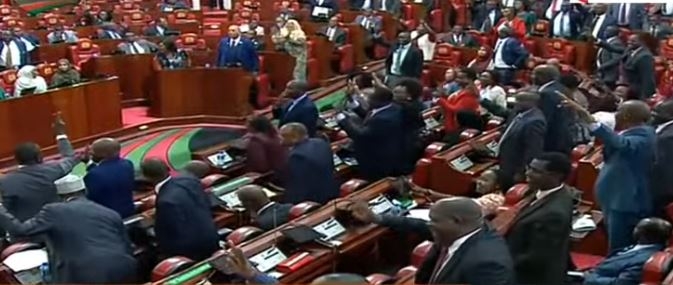

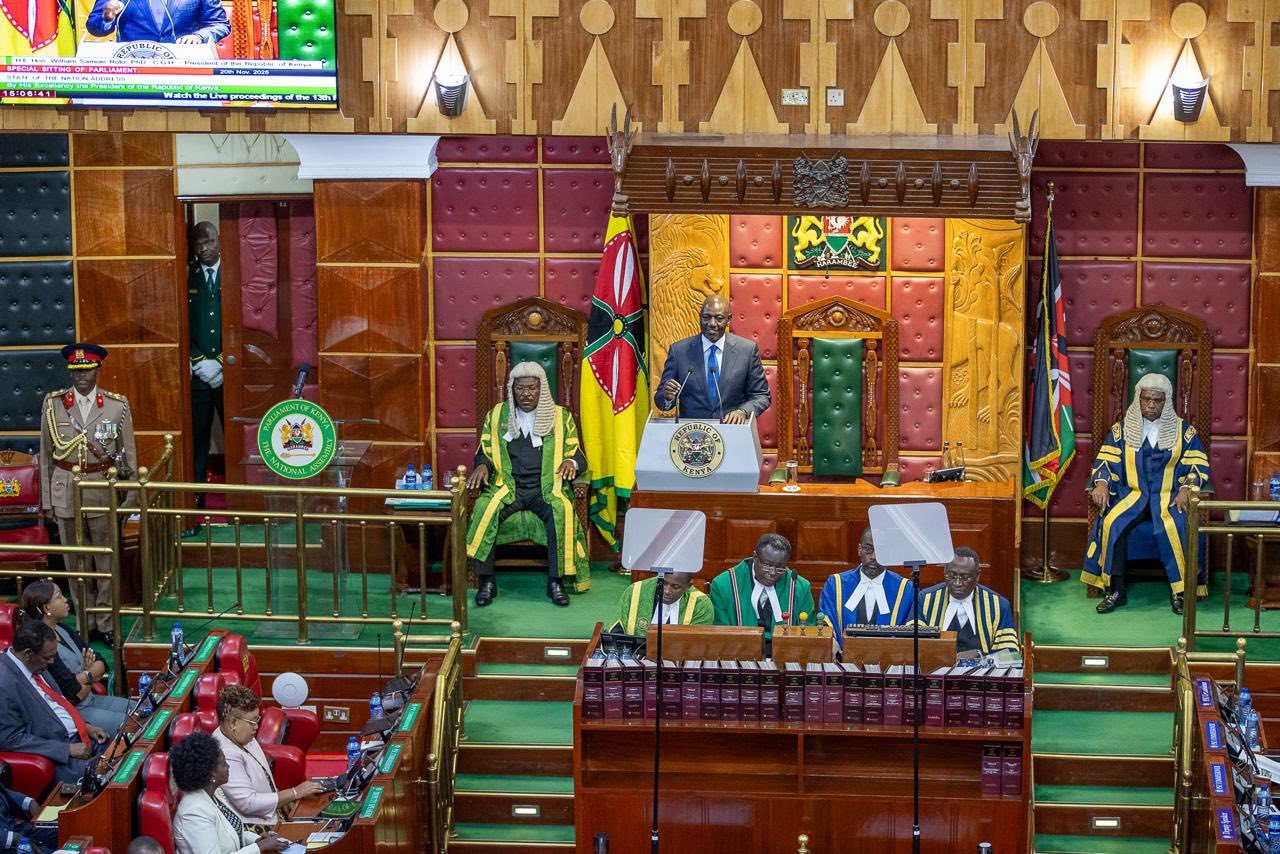

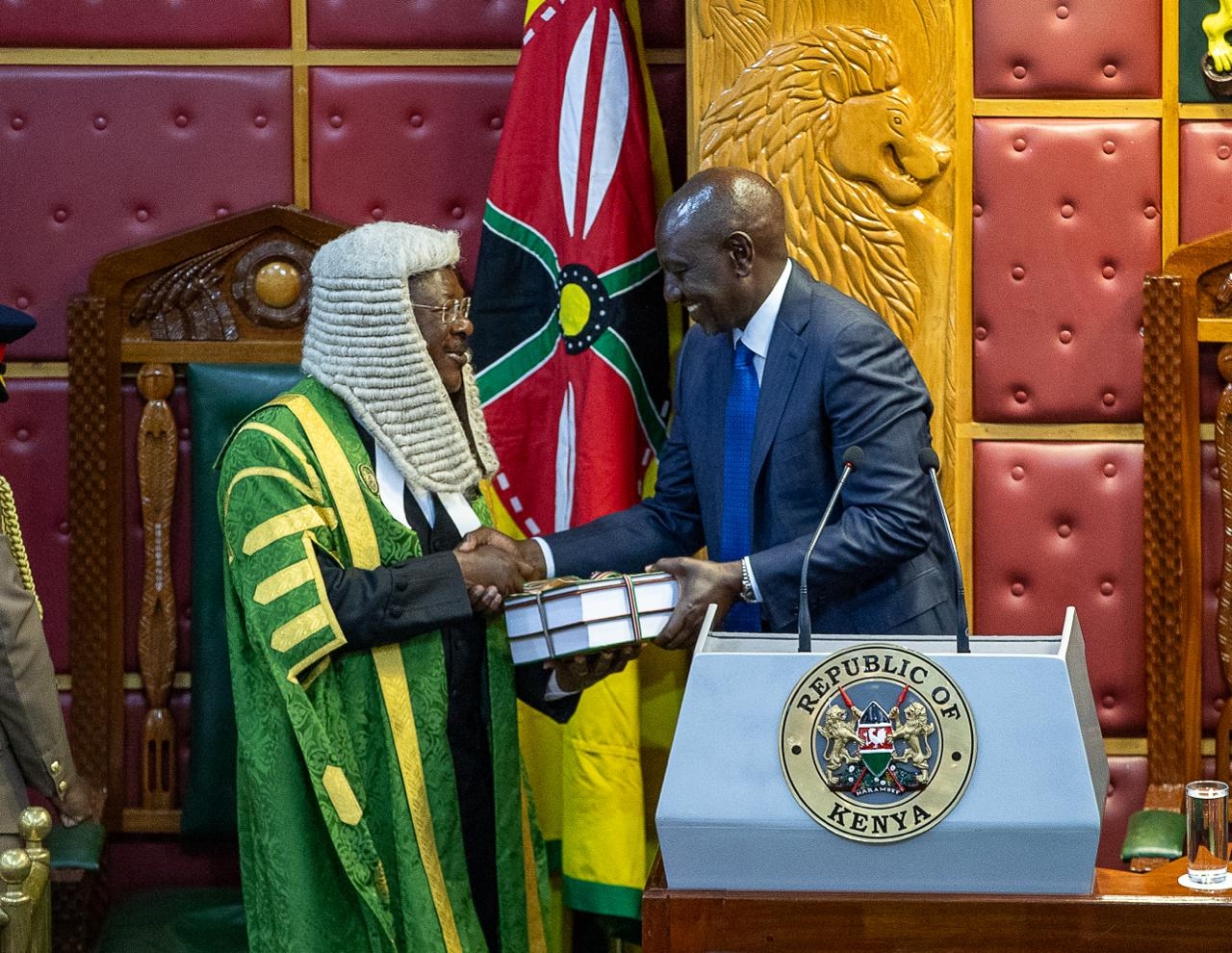
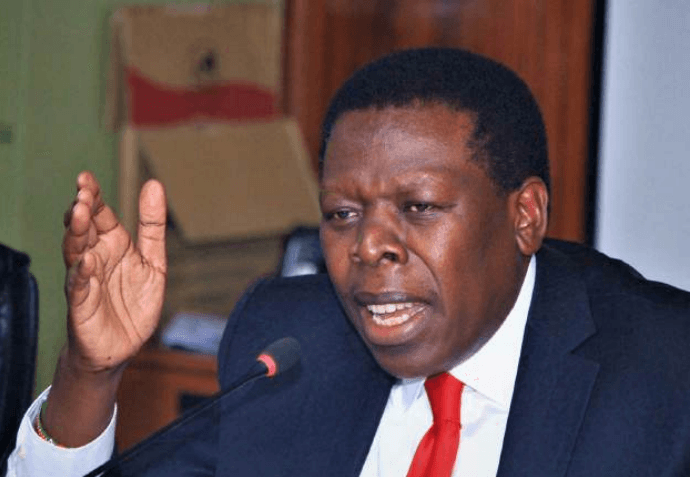
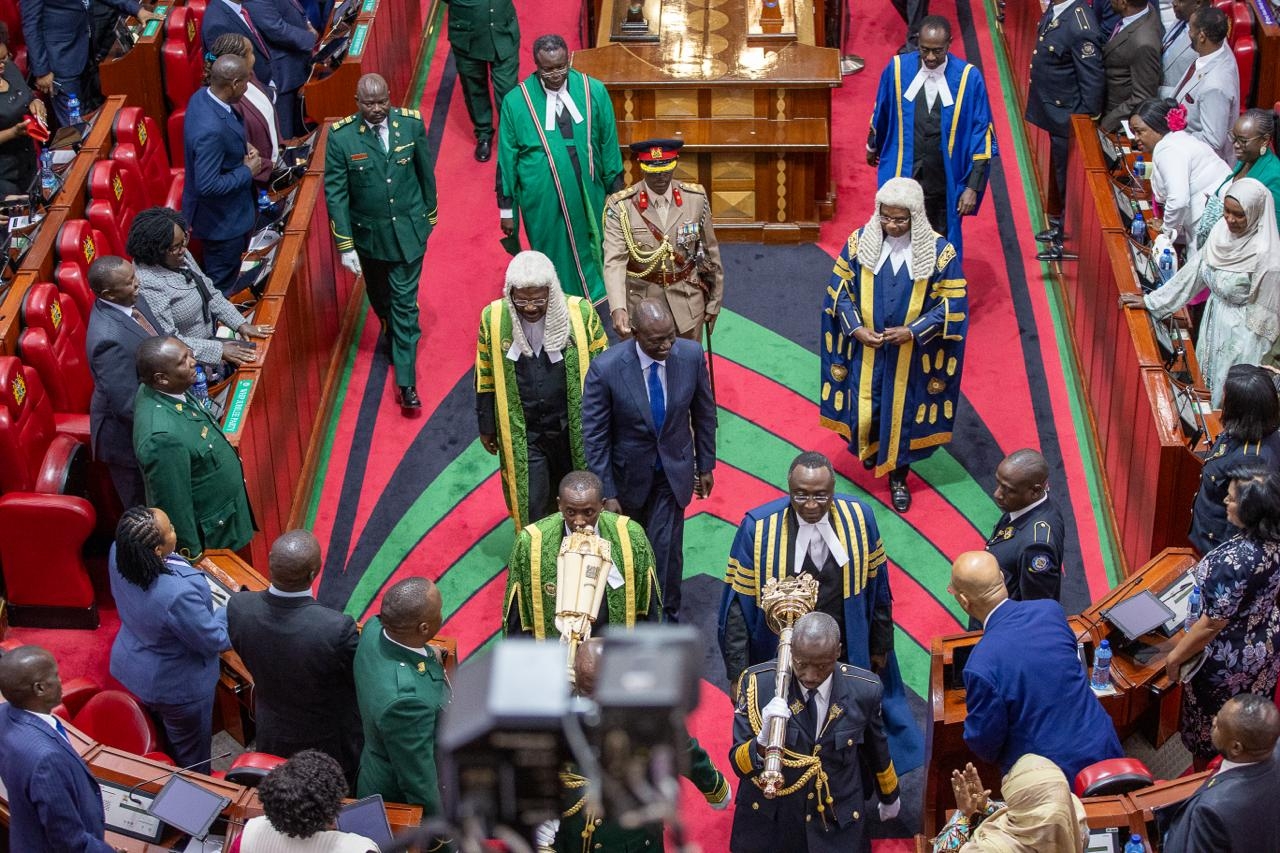
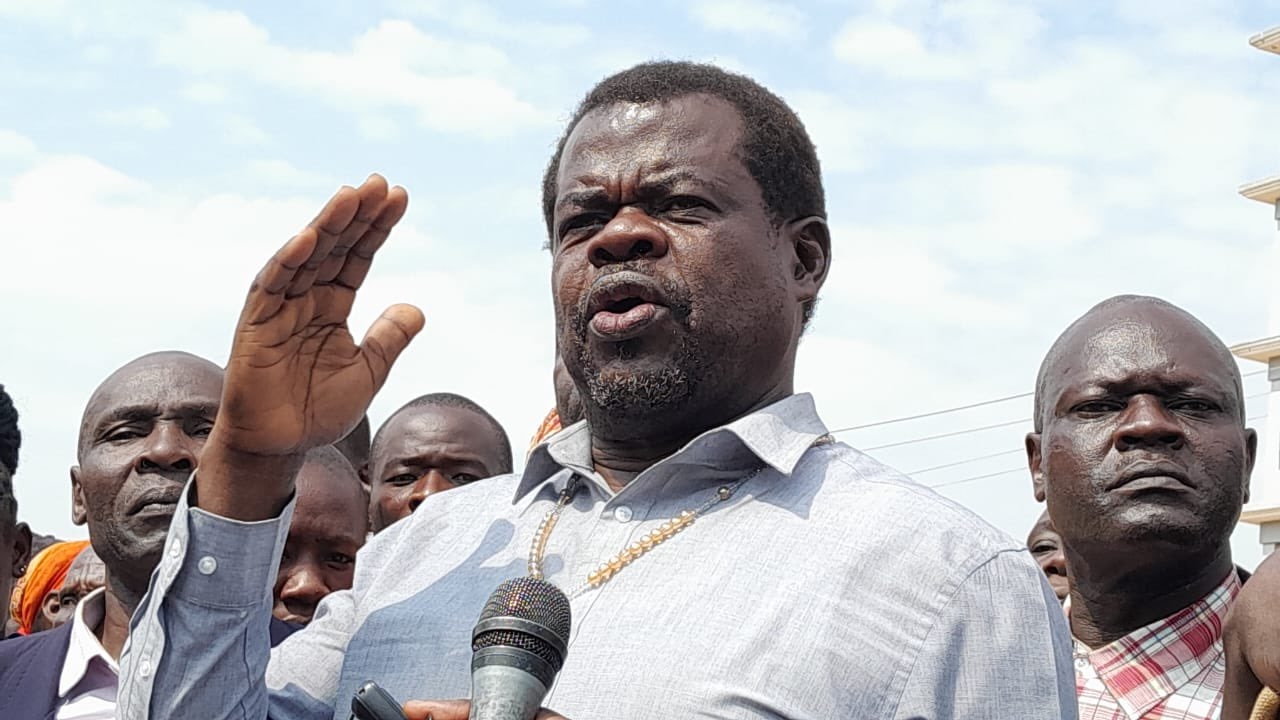
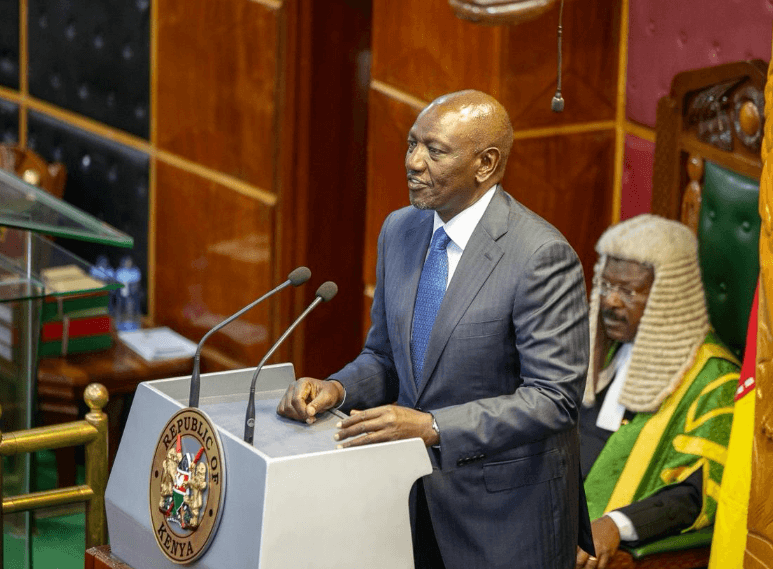


![[PHOTOS] Betty Bayo laid to rest in Kiambu](/_next/image?url=https%3A%2F%2Fcdn.radioafrica.digital%2Fimage%2F2025%2F11%2F3b166e2e-d964-4503-8096-6b954dee1bd0.jpg&w=3840&q=100)
